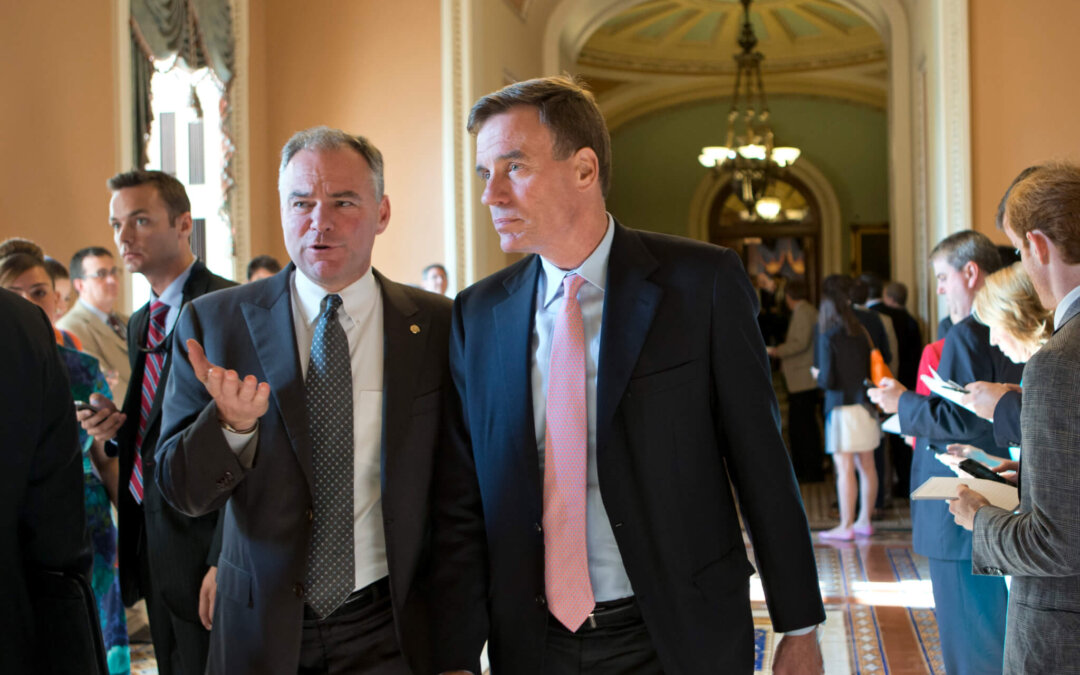While every day Virginians continue to pay more for their prescription drugs, the chief executives of 177 healthcare companies collectively earned more than $2.6 billion in 2018, according to a new analysis of financial filings by Axios.
The report shows that the median pay of a healthcare CEO in 2018 was $7.7 million, while fourteen CEOs made more than $46 million and one CEO, Leonard Schleifer of Regeneron Pharmaceuticals earned a whopping $118 million.
Some of the most well-paid executives lead companies with locations in Virginia. McKesson CEO John Hammergren earned over $63 million in 2018 while his company, which has offices in Clear Brook and Richmond, faced lawsuits over its role in the opioid epidemic.
Teva Pharmaceuticals’ CEO Kare Schultz made $26.5 million, but his company is now one of 20 that Virginia is suing over a price-fixing conspiracy. Pfizer, whose CEO Ian Read earned $47 million, is also named in that lawsuit.
How did CEO salaries get so high?
One factor is the increase in drug costs.
A recent study published in Health Affairs found that between 2008 and 2016, the price of brand-name oral prescription drugs rose 9% each year, while injectable drugs increased by 15% per year.
In comparison, inflation is only 2% per year.
As drug prices have surged, the cost has been passed onto patients. According to one estimate from Pew Charitable Trusts, Americans spent $535 billion on prescription drug costs in 2018, a 50% increase since 2010.
Drugmakers aren’t slowing down either; they kicked off 2019 by raising the prices on more than 1,000 medications by an average of 6.3%. The opioid OxyContin, one of the most prescribed drugs in America, saw a 9.5% increase while blood-thinner Pradaxa shot up by 8%.
Companies often claim they have to increase prices because of expensive new therapies or improvements to existing medications, but the Health Affairs study found that the “increases in prices of brand-name drugs were largely driven by year-over-year price increases of drugs that were already in the market.”
In short: They’re raising prices on older drugs.
The price of insulin, for example, rose by 99.2% from 2012 to 2016, according to the Health Care Cost Institute. It then rose by another 8% in 2017.
The skyrocketing cost of insulin has led some patients’ to ration their insulin, which has resulted in multiple deaths.
In response to the price hikes, Virginia Sen. Tim Kaine joined ten other Democratic Senators in writing letters to three insulin manufacturers in the U.S., demanding information about the price hikes. The letter was sent to Eli Lilly, Novo Nordisk, and Sanofi.
Kaine and fellow Virginia Democratic Sen. Mark Warner have also both sponsored bills to tackle rising drug costs, as has Rep. Abigail Spanberger (D-Virginia).
In fact, things have gotten so bad that there’s actually bipartisan consensus in Washington D.C. that something needs to be done, which says something.
And yet, healthcare and pharmaceutical CEOs seem to be in no rush to reign in costs. They’ve got 2.6 billion reasons not to.
Politics

Kaine, Warner urge federal agency cover IVF treatment for public workers
Virginia's two Senators were among a group of lawmakers defending access to in vitro fertilization, or IVF, which has entered the national spotlight...

Biden makes 4 million more workers eligible for overtime pay
The Biden administration announced a new rule Tuesday to expand overtime pay for around 4 million lower-paid salaried employees nationwide. The...
Local News

The zodiac signs of 12 iconic women offer insight into their historic accomplishments
Zodiac signs can tell you a lot about someone’s personality. Whether they’re an earth, water, air, or fire sign, these 12 categories (which are...

Virginia verses: Celebrating 5 poetic icons for National Poetry Month
There’s no shortage of great writers when it comes to our commonwealth. From the haunting verses of Edgar Allan Poe, who found solace in Richmond's...





